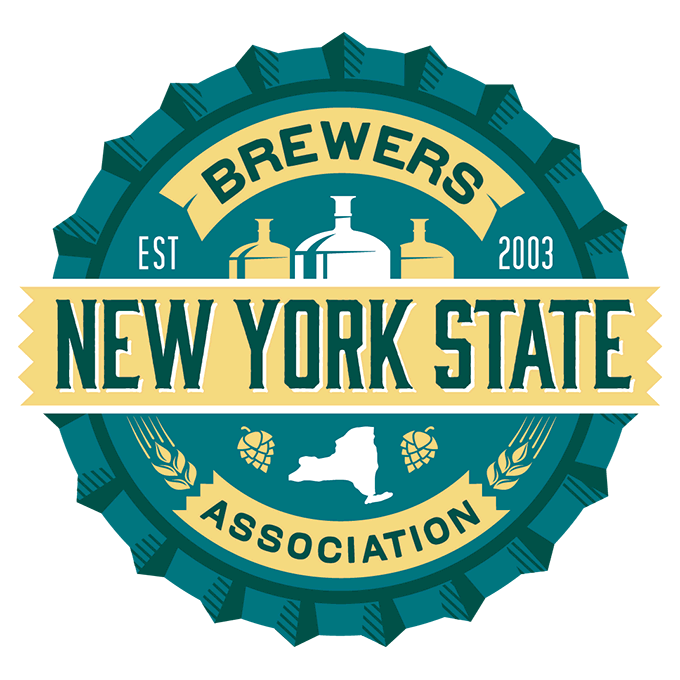New York’s communities are rolling out
the red carpet to brewers. Just like
developing the perfect recipe of brew ingredients, finding the best spot for
your operation should be an exercise in developing the right mix of community,
location, and building to leverage your investment into something special for
you and your customers. A core
ingredient in this mix is the application of zoning and building codes in any
given community.
While New York State has outwardly embraced the industry, and localities are following suit in their economic development strategies, their zoning and building codes can often be challenging to craft brewers and the unique ways you use buildings. Lots of small communities (and some big ones) in upstate have codes that still think of breweries in the InBev sense. When they were developed, their writers never could have anticipated the scale you’re brewing on now.
If you’re starting-up, relocating, or expanding, here are a few keys that should help you navigate the zoning maze:
- Research, Research, Research (Did I say research?): You’ve probably got a general location in mind, and maybe even a building. For economics’ sake, understand the traffic patterns (NYDOT can even give you traffic counts for a given location, economic drivers in the community, basic zoning guidelines, etc. These factors should help you pinpoint a building, or at least validate your predetermined location.
- First Stop City (or Town or Village) Hall: Whatever the regulatory issues are, it’s better to know them now. Make an appointment with the City or Village Manager, Mayor, Town Supervisor, and/or building official to hear directly from them about their take on your project. Ask questions like “What’s your vision for <insert community name here>?,” and “What do you think of 123 Main Street for a craft brewery?” It’s best to hear it right from the horse’s mouth.
- A Code is Not Always a Code: Buildings and codes are complex. They can be interpreted lots of ways. Like an old building, an old building code has lots of nooks and crannies, little escape hatches that can get you out of trouble. The building official may be able to guide you, but you still should…
- Hire a Design Professional: I’ve worked in building codes in 5 states for 20 years, and every time I talk to an architect about a specific building, I learn something new about the code. This doesn’t have to be expensive—an early consultation on the building you’re looking for, and a light engagement for a building assessment should tell you everything you need to know to get started. The investment will be worth your time.
If you’re like most artisans, you’re passionate about your craft, and not so psyched about dealing with the alphabet soup that often comes along with government regulation. However, it’s often a necessary evil that will likely protect your investment, your employees, and your customers. Embrace it and tackle it head on and it’ll be as smooth as a double hopped IPA.
